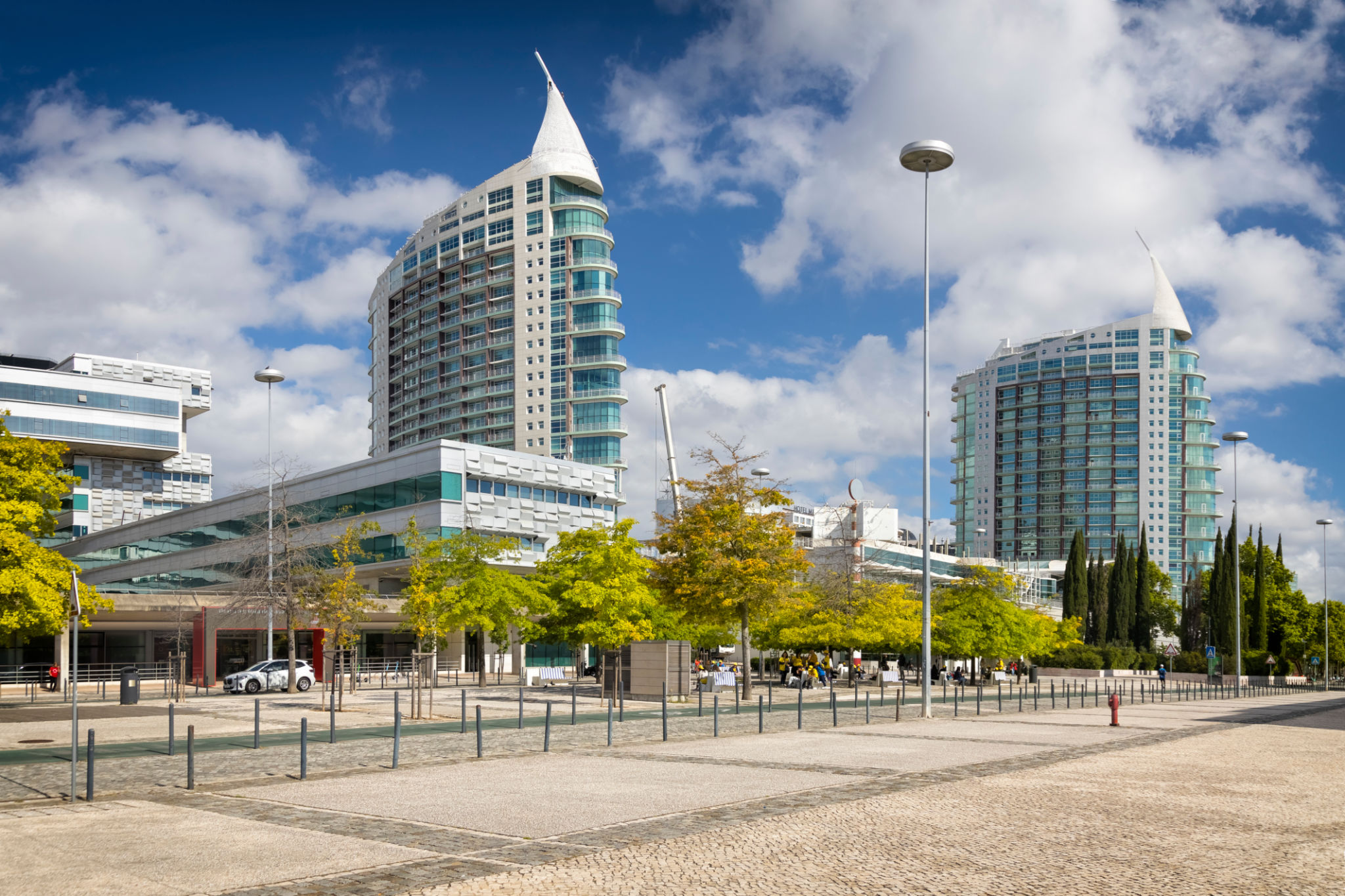Common Misconceptions About Architectural Design in Portugal
Understanding the Richness of Portuguese Architecture
Portugal is a country renowned for its diverse architectural styles, ranging from the Manueline to contemporary designs. However, there are several misconceptions surrounding architectural design in Portugal that deserve clarification. By dispelling these myths, we can gain a deeper appreciation for the rich tapestry that Portuguese architecture offers.
Portugal is Only About Traditional Design
One common misconception is that Portugal's architecture is dominated by traditional styles like the Manueline or Pombaline. While these styles are indeed significant and contribute to the country's historical charm, Portugal is also home to cutting-edge contemporary architecture. Cities like Lisbon and Porto boast modern structures designed by renowned architects such as Álvaro Siza Vieira and Eduardo Souto de Moura.
The blend of old and new is evident in many urban areas, where modern buildings coexist harmoniously with historical landmarks. This dynamic combination adds a unique flavor to the architectural landscape, showcasing Portugal's ability to innovate while honoring its past.

Portuguese Tiles Are Merely Decorative
Another misconception is that the iconic Portuguese azulejos (tiles) are used solely for decorative purposes. In reality, these tiles serve multiple functions, including temperature regulation and weatherproofing. Azulejos are not just an aesthetic choice; they are a practical solution that has been utilized in Portuguese architecture for centuries.
These tiles often depict intricate patterns and historic scenes, providing cultural insights and storytelling elements. Their usage extends beyond residential buildings to public spaces, churches, and even transportation hubs, making them an integral part of the country's architectural identity.

All Portuguese Architecture is Uniform
It is a misconception that architecture across Portugal is uniform. In fact, architectural styles vary significantly across regions due to historical influences and local materials. For instance, the Algarve region features Moorish-inspired designs with whitewashed walls and terracotta roofs, while the northern regions may showcase granite structures influenced by Romanesque and Gothic elements.
This regional diversity exemplifies how local culture, climate, and history have shaped architectural practices throughout the country. Understanding these variations offers a more comprehensive view of Portugal's architectural heritage.

Portuguese Architecture Lacks Innovation
Some may underestimate Portugal's contribution to architectural innovation. However, the country has produced architects who have gained international recognition for their groundbreaking work. The integration of sustainable practices and innovative design solutions has become a hallmark of contemporary Portuguese architecture.
From eco-friendly buildings to adaptive reuse projects, Portuguese architects continue to push the boundaries of design. Their commitment to sustainability and innovation positions Portugal as a forward-thinking nation in the global architectural community.
The Impact of Cultural and Historical Influences
The rich cultural history of Portugal significantly influences its architectural landscape. Historical events, such as the Age of Discovery and the 1755 Lisbon earthquake, have left indelible marks on design approaches and urban planning.
The architectural evolution in response to these events demonstrates the resilience and adaptability of Portuguese design. By studying these influences, we can appreciate how architecture serves as a reflection of the nation’s cultural journey.

In conclusion, understanding the complexities and nuances of Portuguese architectural design requires looking beyond common misconceptions. By recognizing the diversity, functionality, and innovation within Portugal's built environment, we can fully appreciate its contributions to global architecture.
